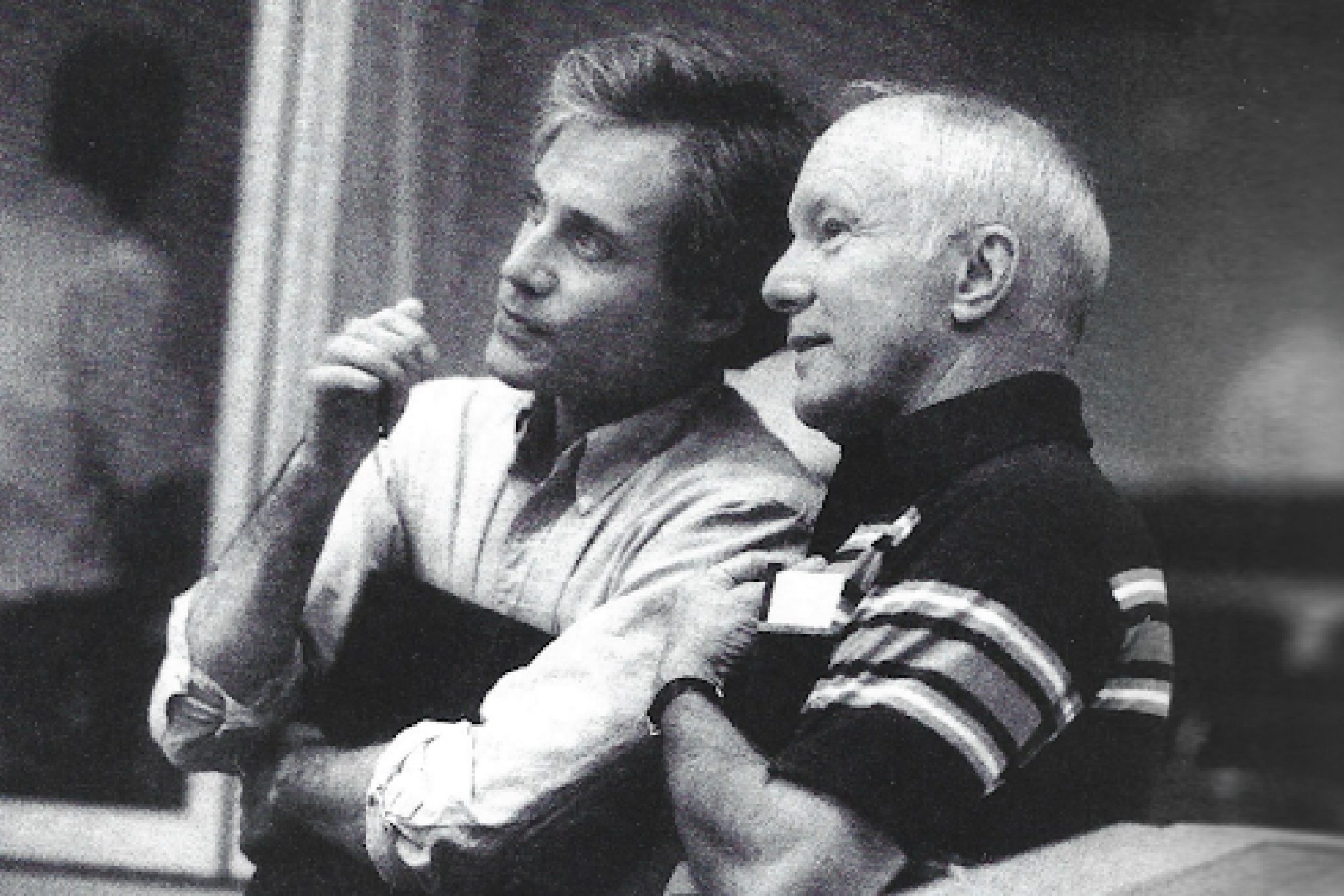By Nalani Shimeles
For The Diamondback
On a brisk October night in 1957, Jeffrey Kluger stood outside his Baltimore home and craned his neck up at the evening sky, searching for Sputnik.
A toddler, he stood alongside his older brother and parents, staring up at the sky with no idea of whether or not Sputnik would be visible.
“The very possibility that a spaceship, something from what seemed to be another dimension, from just a whole other environment, would be passing over our suburban Baltimore home, was just gobsmacking for me,” he said. “That night, I fell in love with space.”
Now at 71-years-old, the University of Maryland alum maintains a long and prosperous career as a novelist and science journalist. He is currently an editor at large at Time Magazine, where he covers space, climate and science.
Kluger co-authored the book Lost Moon: The Perilous Voyage of Apollo 13 with American astronaut Jim Lovell in 1994. The book was adapted into a movie called Apollo 13 the next year, which he cites as one of the defining moments of his career. The film was rereleased this year in IMAX for its 30 year anniversary.
[Meet the UMD student who was the first African American Scripps national spelling bee champion]
Donn Weinberg, who met Kluger when they were both students at Pikesville High School, has been a supportive friend for 55 years.
“He’s a really interesting guy and a terrific writer,” Weinberg said.
Following high school, Kluger studied political science at this university from 1972 to 1976. He went on to study law at the University of Baltimore School of Law. He wrote both serious and satirical pieces for the University of Baltimore Law Forum during his time there.
After nearly a decade at Discovery Magazine writing feature and news stories and the humorous column “Light Elements,” Kluger settled at Time Magazine in 1996, where he has worked ever since.
On July 4th, 1997, the Pathfinder — a 3-foot tall spacecraft — landed on Mars with the intention of taking images of the planet’s surface.
[UMD students name asteroid ‘Diamondback’ after completing research for astronomy class]
Kluger, who had gone home for the Fourth of July holiday weekend, was asked to write about the landing by then editor Walter Isaacson. He returned to an almost entirely empty office and tirelessly wrote a 3,000 word cover story about the spacecraft.
The article he wrote — “Uncovering the Secrets of Mars” — was the July 14, 1997 cover of Time Magazine. It marked the first of more than 40 cover stories authored or co-authored by Kluger, including Time’s 2021 Person of the Year story about Elon Musk.
“I will read anything he writes about space,” said Belinda Luscombe, fellow Time editor at large and longtime friend of Kluger’s. “He understands what a story is. That it’s about human endeavor.”
The film release of Apollo 13 sparked love for outer space in a new generation. Cast and crew members such as Tom Hanks and Ron Howard came together to bring Kluger and Lovell’s story to life.
“I think Jim was born to fly this mission, and I think you were born to tell the story,” Kluger recalls Marilyn Lovell — Jim Lovell’s wife — telling him on the set of the movie.
Jim Lovell began co-writing Lost Moon: The Perilous Voyage of Apollo 13 as an inspiring figure from Kluger’s childhood, but he ended it as a lifelong friend of his.
A man used to decades of fame and accolades, Jim Lovell never let it get to his head, Kluger wrote in a Time remembrance story about Lovell after his death in August. One day, on the phone, he offered some advice to Kluger that still rings true.
“Remember where you’re standing when the spotlight goes off,” Lovell reminded him at the peak of the film’s popularity. “Because no one’s going to help you off the stage.”



